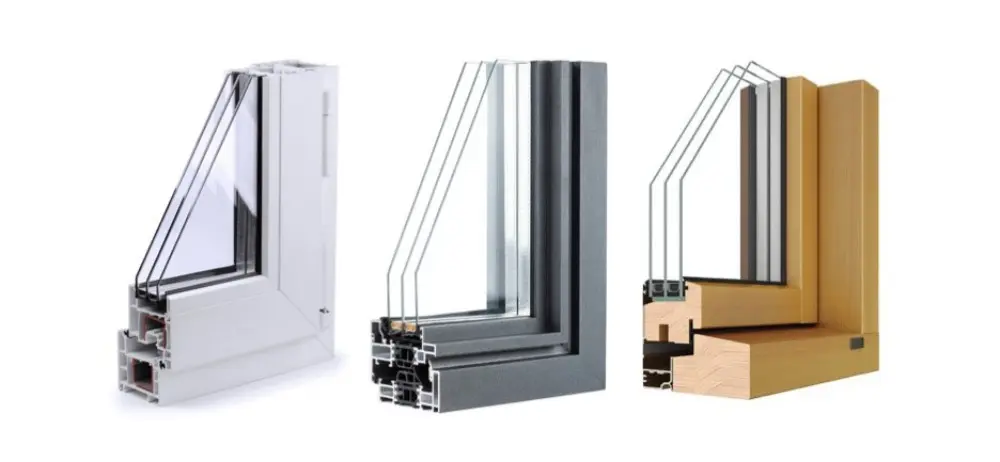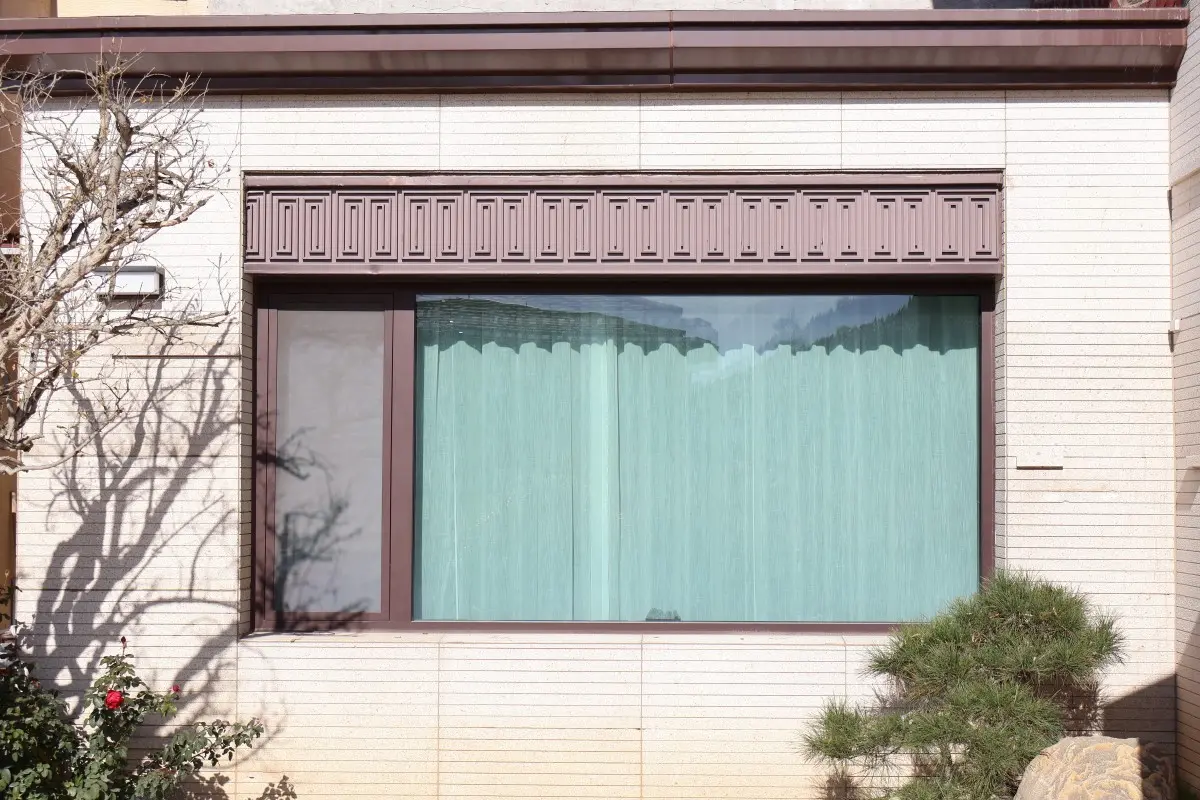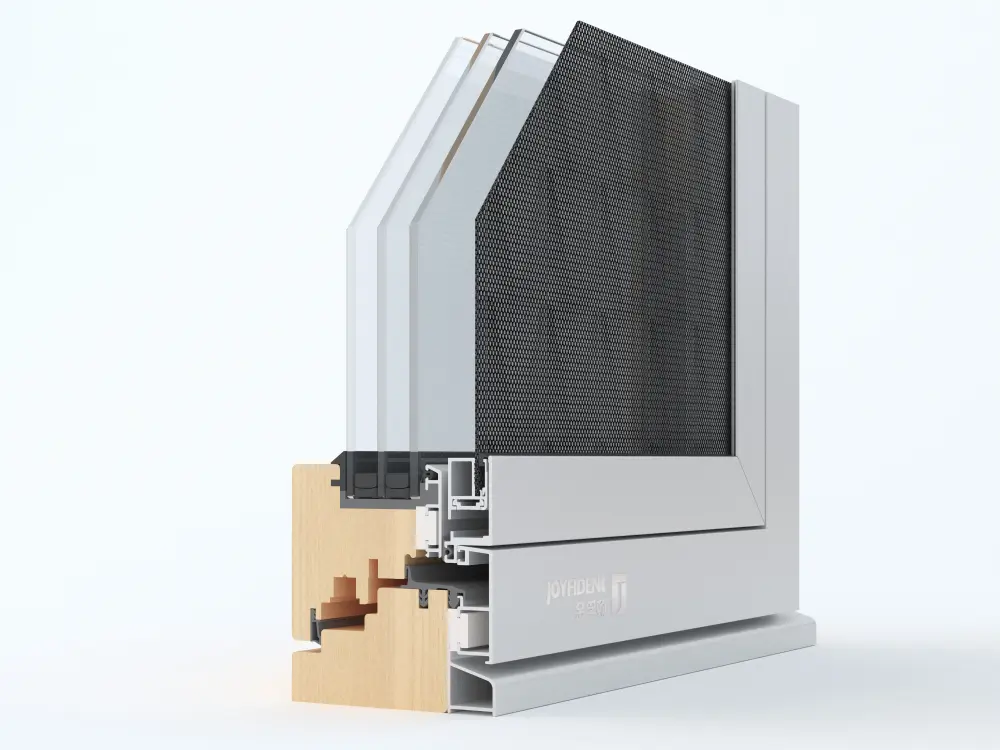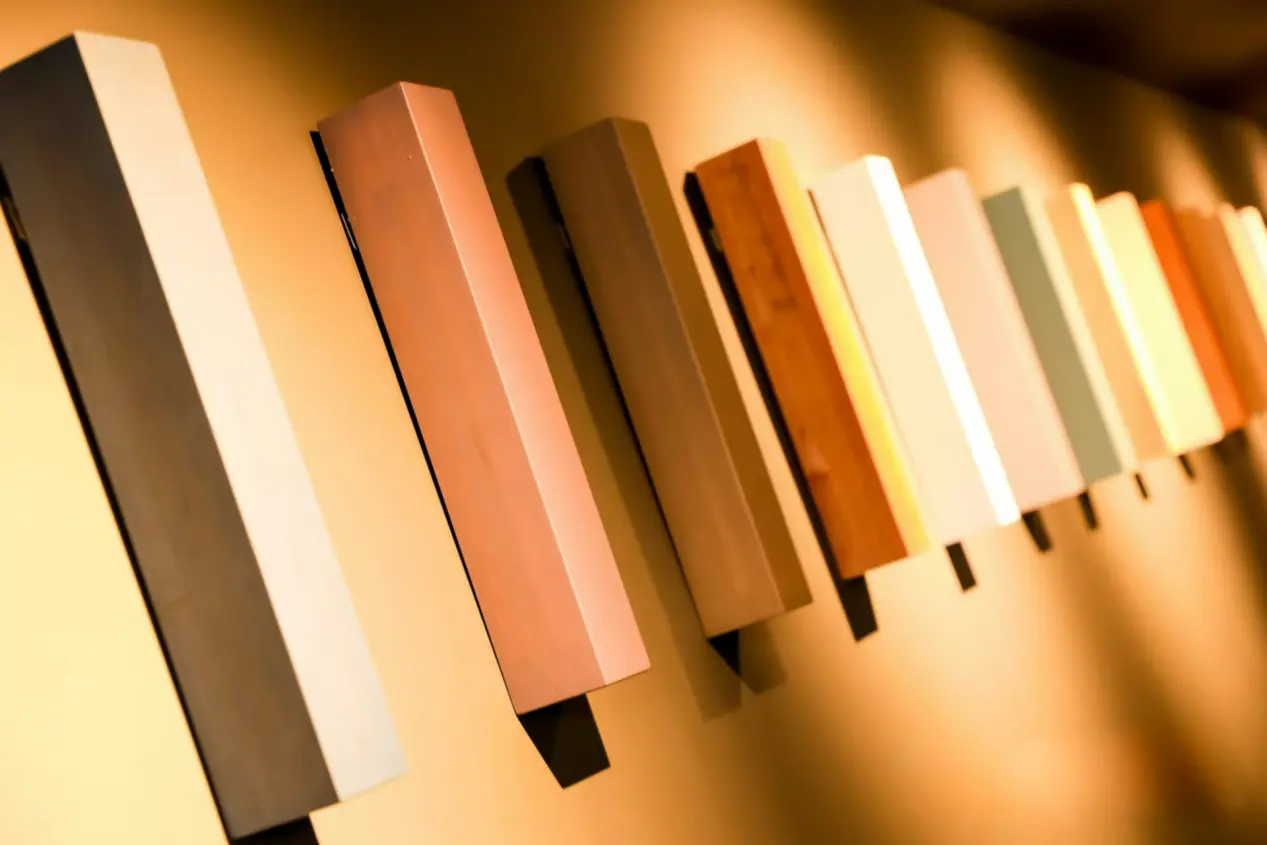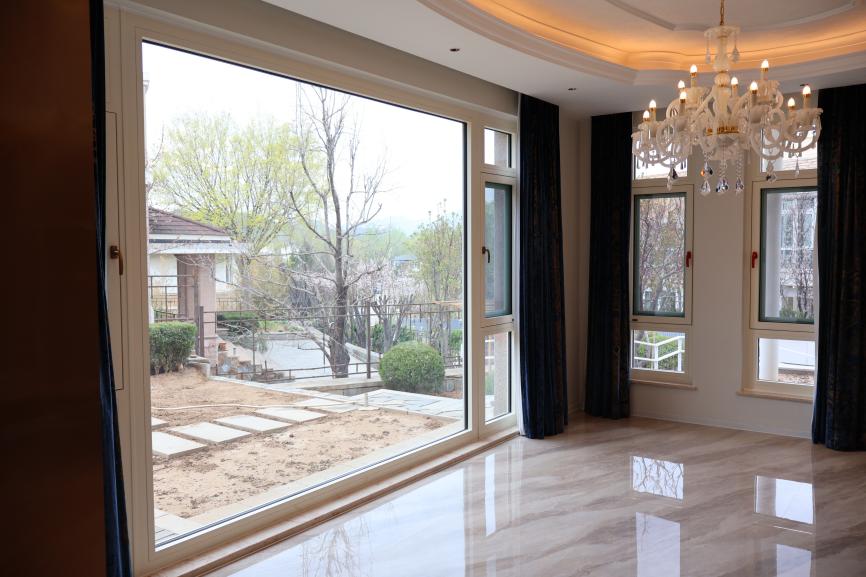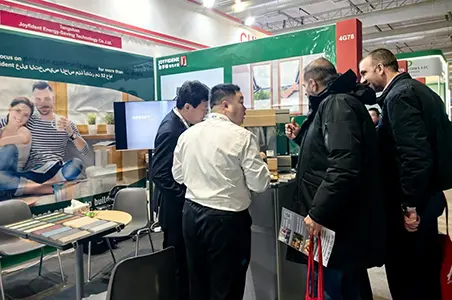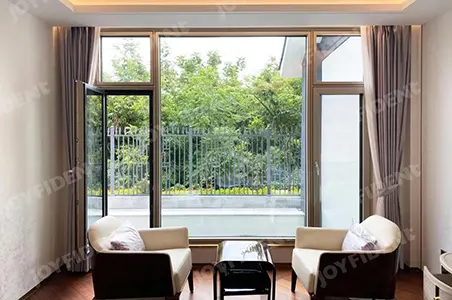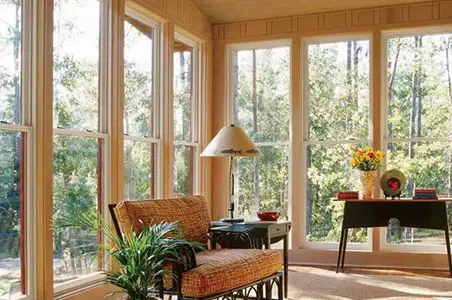Window Opening Methods Complete Analysis and Purchasing Guide
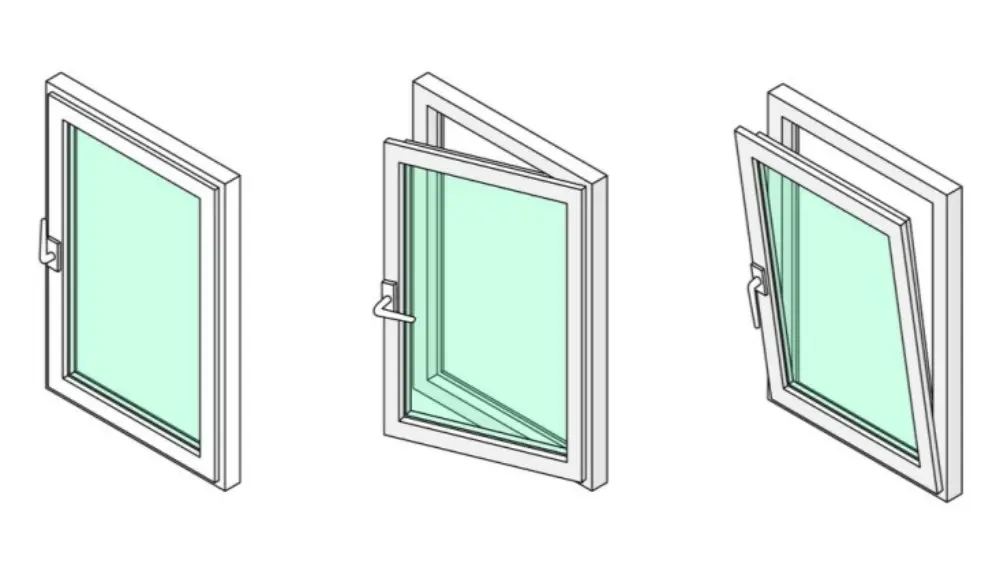
With the continuous upgrading of architectural design and home furnishing needs, the choice of window opening method has become a key factor affecting the living experience. From traditional Casement Windows to intelligent folding windows, different opening methods have their own characteristics in ventilation, sound insulation, safety and space utilization. This article combines the mainstream technology in the market to provide consumers with scientific purchase suggestions.
1. Comparison of mainstream window opening methods
Inward-opening and inward-Tilting Windows
Advantages:
Supports both inward-opening and inward-tilting modes. When inward-tilting, it only opens 10-30°, which can be ventilated on rainy days and prevents rainwater from penetrating, and has high safety;
Strong sealing, better thermal insulation and sound insulation performance than outward-opening windows.
Limitations:
Inward-opening occupies indoor space and may affect the design of curtains or ceilings.
Applicable scenarios: high-rise residential buildings, children's rooms, and bedrooms with high requirements for sound insulation.
Outward-opening windows (including outward-opening and outward-hanging)
Advantages:
Outward-opening does not occupy indoor space and has a large ventilation area;
outward-hanging can maintain a 10cm gap for ventilation, taking into account safety and rain protection;
The sealing is better than that of sliding windows, suitable for low-rise residential buildings.
Limitations:
Outward-opening window sashes are easily damaged by strong winds and are prohibited in high-rise buildings; outward-hanging windows are inconvenient to clean and have limited ventilation volume.
Applicable scenarios: living rooms and bathrooms on low floors (anti-fall chains need to be installed).
Sliding windows
Advantages:
Easy to open, does not take up space, suitable for small apartments;
High cost-effectiveness, can be used with screens, flexible ventilation position.
Limitations:
The maximum opening area is only 50%, the sealing is poor, and it is easy to leak air and rain;
The track is difficult to clean due to dust accumulation, and it is easy to get stuck after long-term use.
Applicable scenarios: kitchens, bathrooms, and balconies with low ventilation requirements.
Folding windows and drifting windows
Folding windows: can be fully opened to one side to achieve a panoramic view, but the sealing and thermal insulation are weak, and the hardware failure rate is high;
Drifting windows: the flat-push design has the advantages of both sliding and opening, but the domestic technology is not yet mature and the maintenance cost is high.
Applicable scenarios: open balconies, landscape windows and other special demand scenarios.
2. Core elements of purchasing decisions
Space and apartment adaptation
Small apartments: give priority to sliding windows or inward-opening and tilting windows to reduce space occupation;
High-rise residential buildings: prohibit external casement windows, and recommend inward-opening and tilting or inward-opening designs to avoid safety hazards.
Environment and functional requirements
Street-facing/high-noise areas: choose three-layer insulating glass + inward-opening and tilting windows to increase noise reduction by 30%;
Humid areas (such as bathrooms): external hanging windows or sliding windows to prevent wood from getting damp.
Intelligence and long-term maintenance
Electric window openers can be remotely controlled through APP to solve the problem of high window operation, but brand products with waterproof and dustproof designs must be selected;
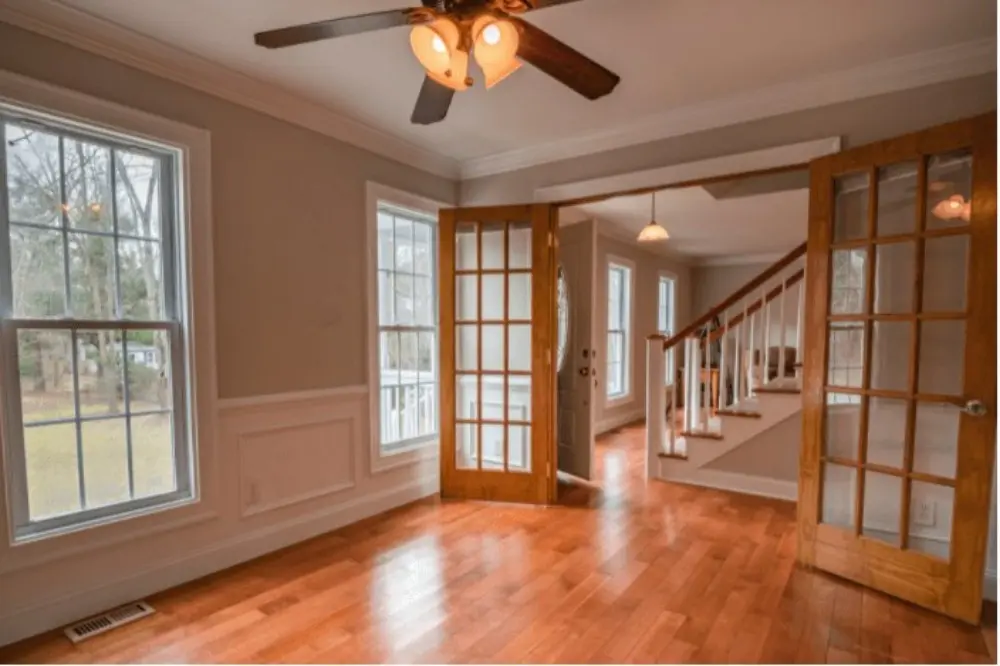
Prioritize brands that provide long warranties to reduce the risk of hardware aging
The choice of window opening method needs to balance practicality, safety and beauty. Consumers should give priority to sealing, ease of use and brand services based on apartment characteristics, environmental requirements and budget. With the iteration of technology, intelligent and energy-saving doors and windows may become the mainstream of the market in the future, injecting more technology and comfortable experience into home life.






